I earn commissions from my affiliated links. Please see my disclosure policy for more details.
The Rectangle Box is the second of six (including the pinwheel box) Constructive Triangle Boxes within Montessori's Visual Sense Sensorial works. The child continues to work on focus and concentration and moves into pre-math concepts.
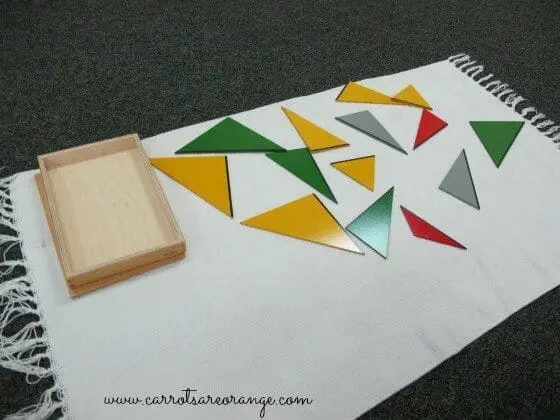
Direct Aims
To show that by joining together different triangles, 4-sided figures are formed.
Indirect Aims
Preparation for geometry: to show that all plane figures constructed with straight lines are composed of triangles.
Preparation for understanding the concept of equivalence and its application for finding the area of place figures.
Control of Error
Black lines
Age Appropriateness
4 to 5 years
The Rectangle Box Lesson
Gently lift the triangles from box and randomly place them onto the work rug (above image). Place the cover on the box in the upper lefthand corner of the work rug.
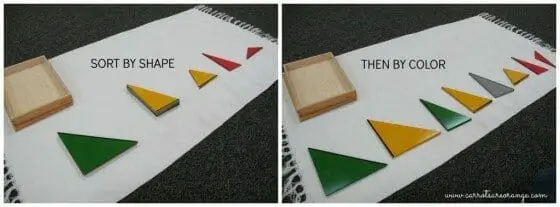
Then, sort by shape followed by color. You will have five piles before sorting by color…

…4 right angle isosceles triangle (2 green and 2 yellow), 2 yellow equilateral triangles, 2 each green , gray and red right angle scalene triangles, 1 red right angle scalene triangle and 1 red obtuse angle scalene triangle.
Then ask the child: “Which stack would you like to put together to see what shape it makes?”
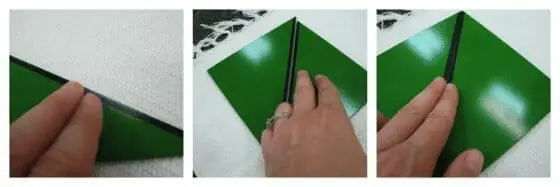
Slide and trace the first few shapes together, then offer the child a turn to make shapes. If the child moves to quickly or carelessly, pause and take another turn to point out black lines and trace the lines.
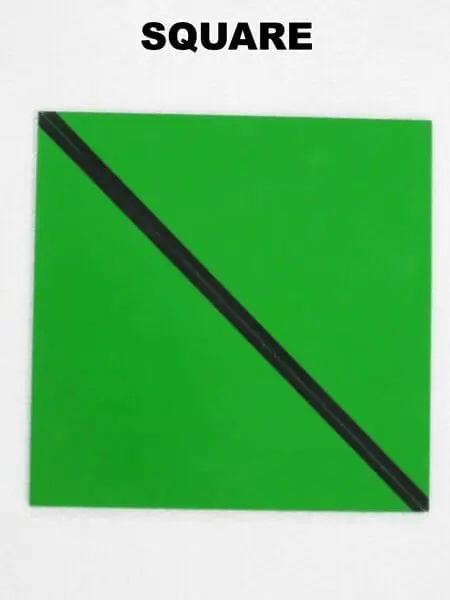


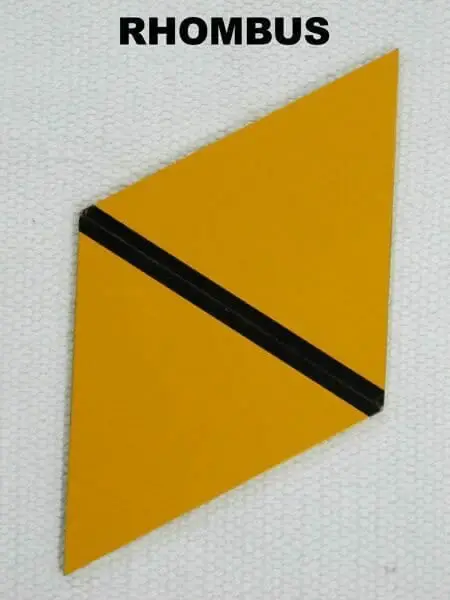
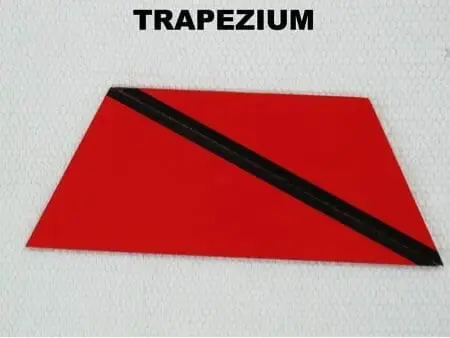
- When all the shapes are formed, go through them and name each shape for review (the child should know the names from exposure to the geometry cabinet before the triangle box lessons).
- Randomize the shapes and offer the child a turn.
- Put away the triangles in the order they came out of the box. Put the points in first and lower the middles into the box.
I love most things Montessori and the works within the Sensorial area are no exception. Young children can begin to explore this area early on in their learning through Pre-Sensorial work. Here are a few ideas for your Pre-Sensorial shelf. Montessori Services has several wonderful Pre-Sensorial materials.
For more inspiration, check out the Pinwheel Box design!
Reasonably priced options to purchase the Constructive Triangles include through Kid Advance, FAC System, and Montessori Outlet.
Marnie
